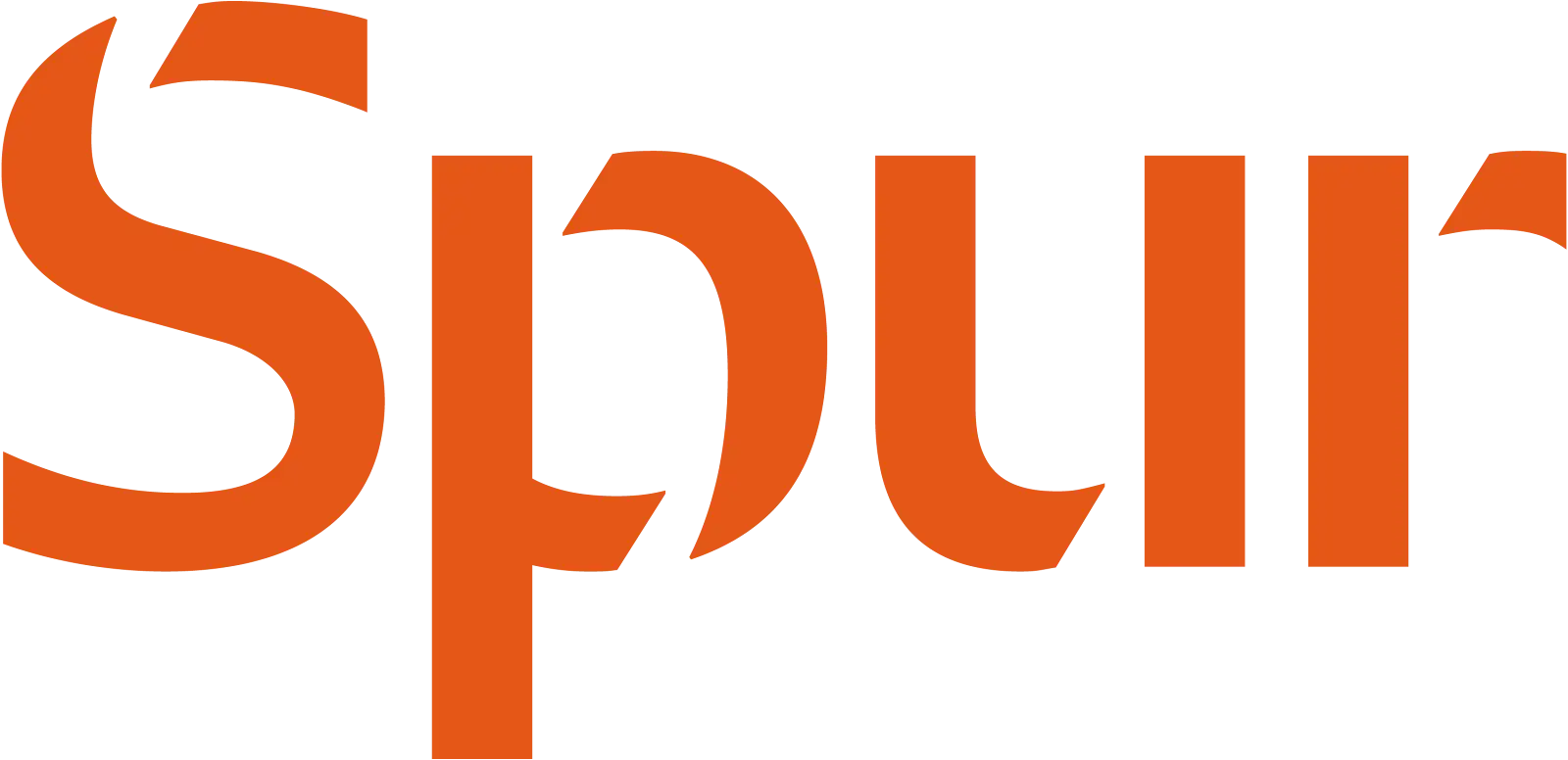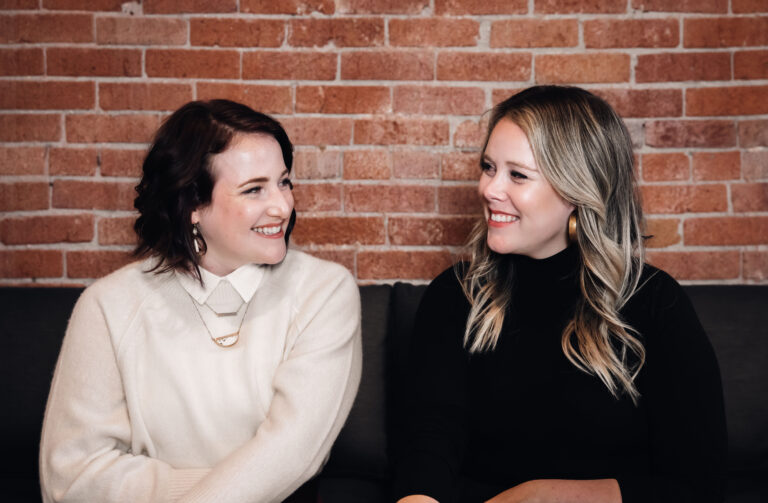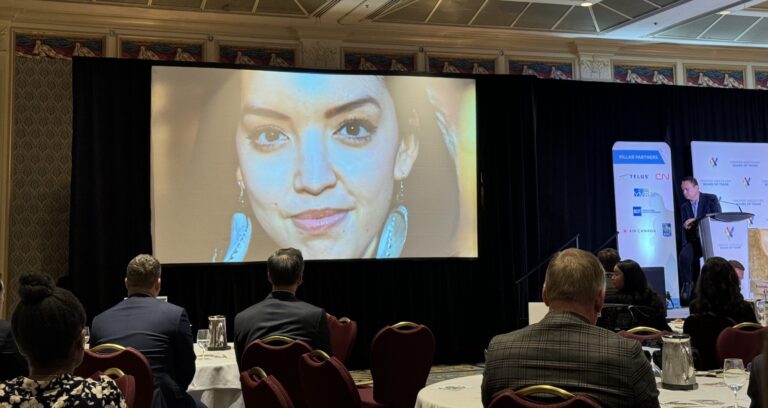I love public engagement. I think it’s essential to get people engaged in decisions about their community. I believe that engagement ensures policies reflect unique lived experiences. And I think it’s one of the best ways to have our voices heard. That said, I am increasingly concerned with whether engagement processes are designed with equity in mind.
Over the last decade, we have seen a significant uptake in governments making improved commitments to equity. It is encouraging to see people in positions of power speak about considerations of diverse lived experiences, increasing access to services, and developing anti-stigma and anti-discrimination policies. The City of Vancouver’s Getting Our House in Order is a great local example of this kind of progress.
At the same time, I would like to see more equitable engagement practices across British Columbia. There are critical standards to which practitioners, government employees, and politicians should adhere when engaging the public.
We have created a multi-part series outlining the foundations for equitable engagement. We have been privileged to discover and refine these best practices in our work with a variety of partners, including WAVAW Rape Crisis Centre, the Ministry of Health, and the Vancouver School Board. These pillars provide a launching point for meaningful dialogue with diverse people and groups – however, they are only beginning. Over the summer, we will outline equity considerations when it comes to:
- Access
- Contribution
- Event planning
- Reporting & analysis
- Respectful engagement with equity-deserving communities
This part of the series focuses on equitable access to engagement.
access
An engagement can be well thought out and designed, but if diverse people don’t participate, the engagement is not equitable. With all other considerations being equal, if you don’t put time, effort and resources into increasing access, you will hear disproportionately from dominant community voices and not from those with unique lived experiences.
Organizations, governments, and politicians are responsible for increasing access to engagement activities. Overall, there are two ways to improve engagement access and increase participation from diverse people: improve language and execute strategic outreach.
language
People need to understand the topic at hand.

- Translation is essential. So often, public engagements run exclusively in English, usually because of budget or time constraints. That said, Canada is linguistically diverse, and our engagements should be, too. Always translate the engagement activities into as many languages as possible. Further, in-person events should have people on-site who can speak non-official languages to help participants move through materials and provide feedback with ease.
- Even when project budgets are tight, there are ways to overcome language barriers. When there aren’t unlimited engagement budgets (which, of course, there rarely are), there are additional tools at your disposal to help participants overcome language barriers. Although not ideal, it’s crucial to do what you can to draw people into conversations. If you must advertise in English, consider running ads that include a call-out box in alternative languages, stating that this is important information, and invite people to have someone in their community translate for them. Even small steps like this are better than nothing.
- It’s also about how you write. Accessibility is more than just the languages you’re writing in. It also refers to how you write. Often, engagement materials are drafted with technical language at a high reading level. This type of writing creates barriers to access as well. It’s best practice to write at a grade eight reading level, translate technical language into laypeople’s terms and use visual communication wherever possible. These tactics increase accessibility.

outreach
Outreach is critical for drawing participants into an engagement program. Even the most successfully designed engagement programs will fail without robust and meaningful outreach. There are some relatively simple best practices that will diversify your outreach.
- Advertise across traditional and digital platforms, in various locations, and multiple languages. Don’t run a homogenous campaign and expect it to reach different audiences. Consider the communities you’re trying to reach, and explore the communication channels they’re already using. At the root of this approach is the notion that you must work to ensure you’re going to your participants instead of asking them to come to you.
- Test your advertising program with diverse audiences. This step helps ensure your messaging resonates with potential participants. More importantly, however, it gives you helpful information about whether the messaging (and engagement questions) are sensitive to different audience needs and experiences.
- Track participant reach across target demographics. This is essential. If you notice that you have more click-throughs or participants from one demographic, be ready and nimble to pivot your advertising strategy to access harder-to-reach and marginalized communities. Change your advertising strategy to emphasize a different demographic or region. These pivots go a long way toward increasing accessibility.
- Focus on relationships. Sometimes, projects require specific feedback from harder-to-reach communities. For example, we have executed projects that required input from people experiencing homelessness and those with substance use experience. In these cases, you need a specific communication strategy to reach communities and earn trust before you ask for feedback. Take the time to understand where these communities access information and what they might need to feel comfortable providing feedback. One approach is to identify community leaders during pre-engagement. Focus on building relationships with local organizations or groups already engaging marginalized communities. When you can, you might ask them for their feedback on the outreach approach and invite them to participate in – or better yet, champion and amplify – the outreach program.

closing thoughts
This is, of course, the tip of the iceberg. It does provide, however, a brief overview of considerations around equitable access to engagement that we encourage our clients to pursue. Although these steps take time and effort, they are imperative for hearing from diverse communities and making changes that meaningfully reflect diverse experiences.
To keep digging into other aspects of equitable engagement, check out our related posts about stakeholder contributions, reporting and analysis, and respectful engagement with equity-deserving communities.
To learn more about how we design and deliver equitable engagement programs, click here.



